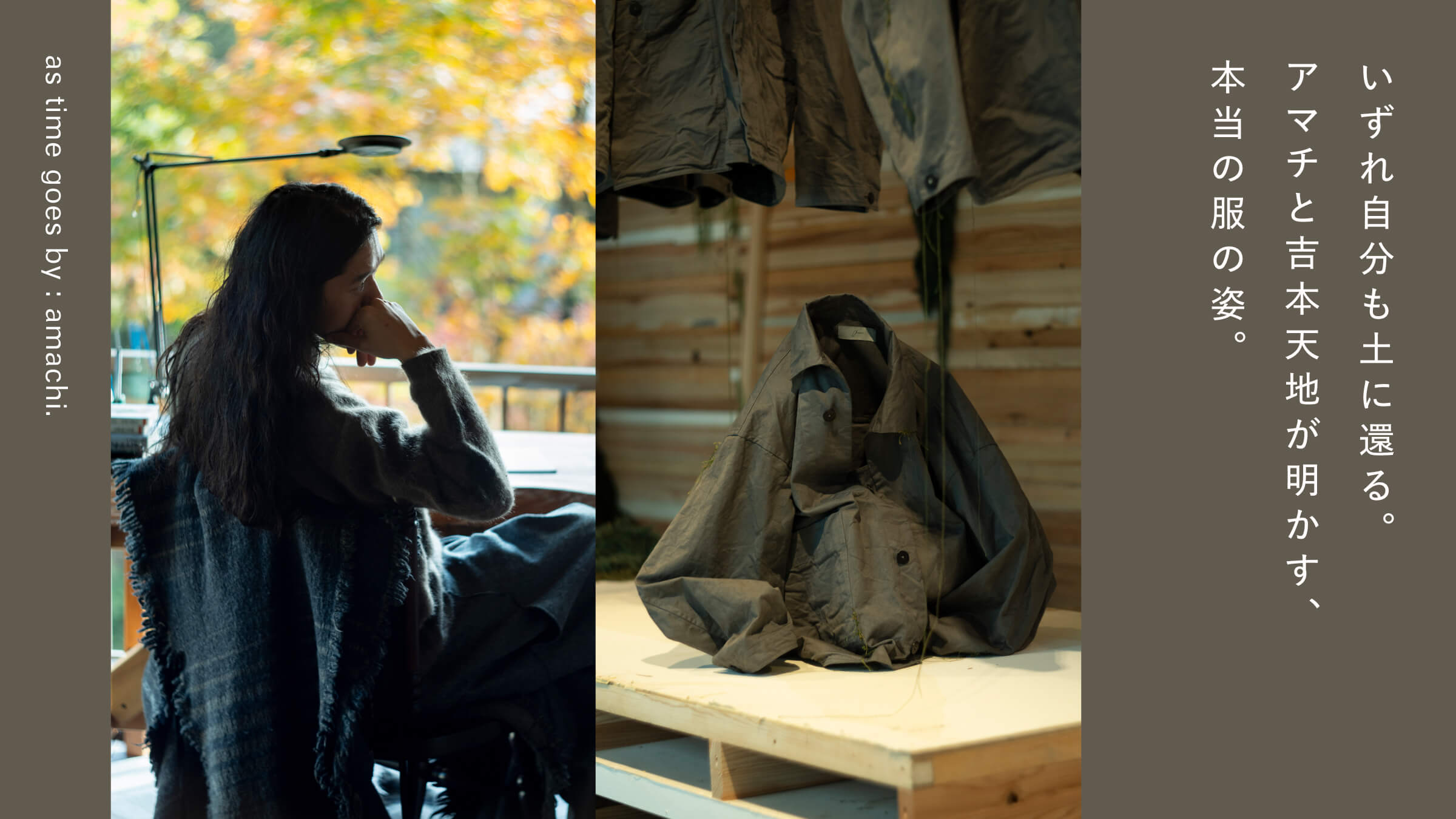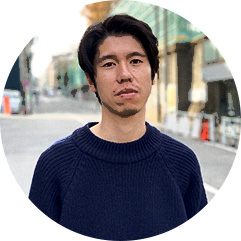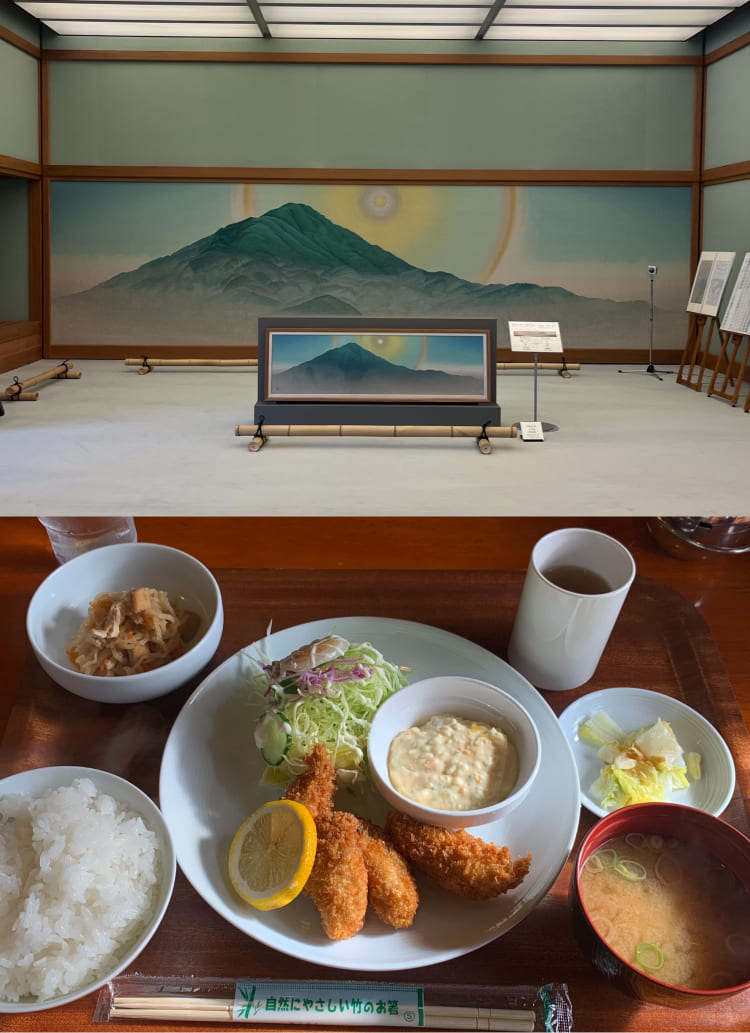A story of clothing making that begins with words.
Let me now introduce a representative piece from the Fall/Winter 2024 collection, along with Yoshimoto's words. The title is "Decomposition," which means "decomposition" in Japanese.
This collection is connected to the theme of the "Garbage Poo" exhibition at 21_21 DESIGN SIGHT, in which I participated as one of the organizers. SIGHT exhibition, which I participated in as one of the project's collaborators. The time I spent researching this exhibition coincided with the timing of the creation of the "AMACHI" collection, so I dared to make it related to the exhibition. I turned this idea of what happens when you translate the circulation and decomposition of all things into clothing into the idea of making clothes.

Traces of Repair - Sweater
¥79,200
I find the process of repairing man-made objects and using them over and over again beautiful, so I use the repaired traces as a motif in my designs. It is knitted in double jacquard, using gradient-dyed wool on the back and partially pulling out the kid mohair on the front to show its gradation."

15 Gradation Knit Jacket
¥231,000
This is a hand-knit garment consisting of 15 gradations. I challenged the limit of the number of colors that can be produced by hand knitting. The motif is based on the gradual oxidation of gradations when things are returned to the earth. The buttons are by Elise Jetrifi, a French ceramic artist with whom we have collaborated for some time.

Covered Baggy
¥74,800
These baggy pants cover the shape of the body with a unique cut that extends from the front to the back. It is also the original pattern for one of the sculptures exhibited at 21_21 DESIGN SIGHT. The fabric is dead stock check melton.

Loop of Fabric Intent
¥396,000
This reversible padded vest is made by hand-stitching and reconstituting various fabrics from past collections. Only the outline of the garment is tailored in a sewing factory, and I do the rest of the handwork myself. The reverse side in this photo is a fabric I developed this season, with a subtle pattern of linen stripes hidden behind crimped wool.
And finally, we will look at the clothes from the Spring/Summer 2025 collection. The theme is "Between and Beyond". It focuses on natural phenomena, and is inspired by things and phenomena that are in between something, or on the other side of a membrane. This is the first season of work to be made in his current studio, and he says that many of the pieces are inspired by newly seen landscapes.

Gradation Linen Shirt
¥79,200
I walk along a foggy road every day, and there is always a peculiar shadow falling on it. The word for the theme came to me as I was exposed to such a phenomenon. This shirt features a linen fabric. If you look closely, you can see the gradation of the border, and the thickness of the thread is changed in four steps from fine to thick threads. When worn, the inside of the shirt becomes slightly transparent, and when the light shines through it, it looks as if the clothes inside it have a misty look to them.

Between Fabric Jacket
¥198,000
This is tailored from a double-weave fabric that combines cotton, linen, and silk. This double weave has threads that connect the fabrics, and the idea came from wanting to show the structure between the fabrics and the threads that join them together. The buttons are carved out of Date Crown Stone at the Okurayama Studio, a stone factory in Shiraishi Zao, Miyagi.

Meeting Jacket - FO - Records of Phenomena
77,000 yen
This is a meeting jacket for the "Collection 000", which is produced separately from the main collection. This jacket is dyed using what we call pure natural dyeing, a method in which no chemical treatment is used in the entire process. We asked a craftsman in Kyoto, with whom we have collaborated for many years, to produce this gray color, which is a blend of chestnut bark and logwood. This light and shadow-like pattern is a new technique started this season, called "Records of Phenomena," in which natural dyes react with citrus acid and lose their color, and patterns are improvised using lemon juice and plants. The natural phenomena that we see in the vicinity of the atelier are directly captured as traces on the garments, and the process is also based on the reaction of natural dyes and plants. I think I have created something interesting.









